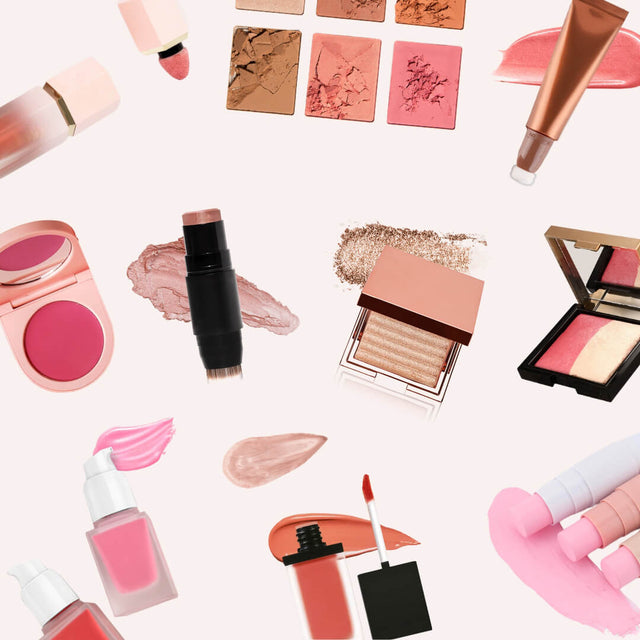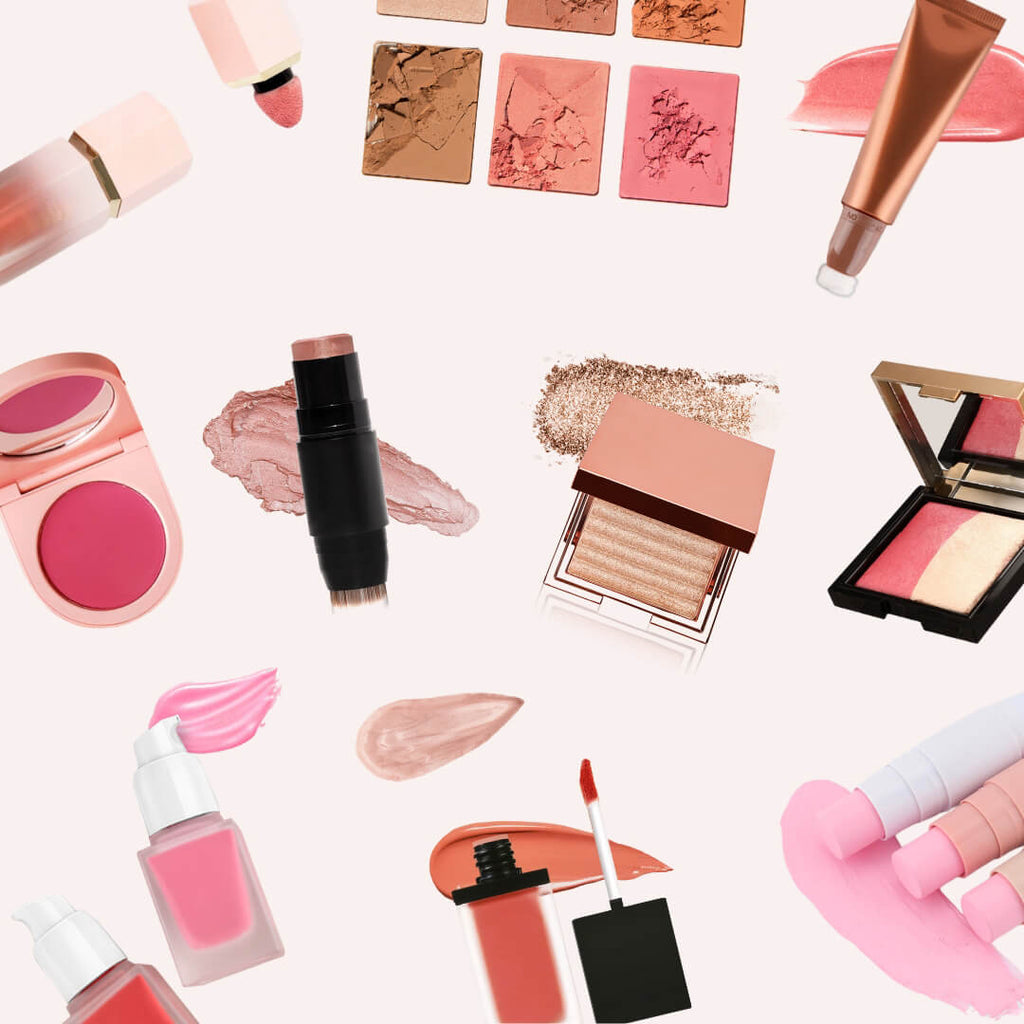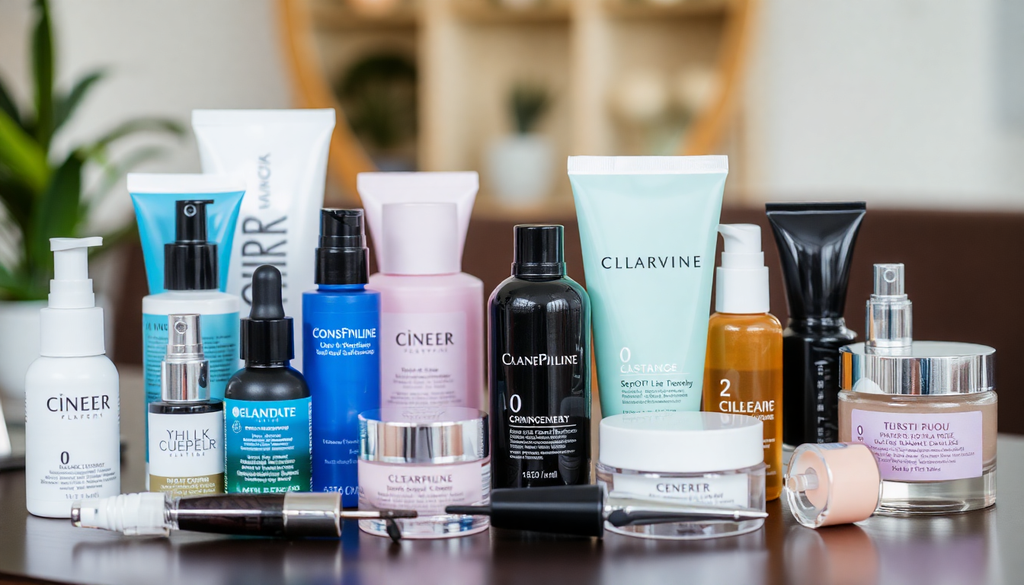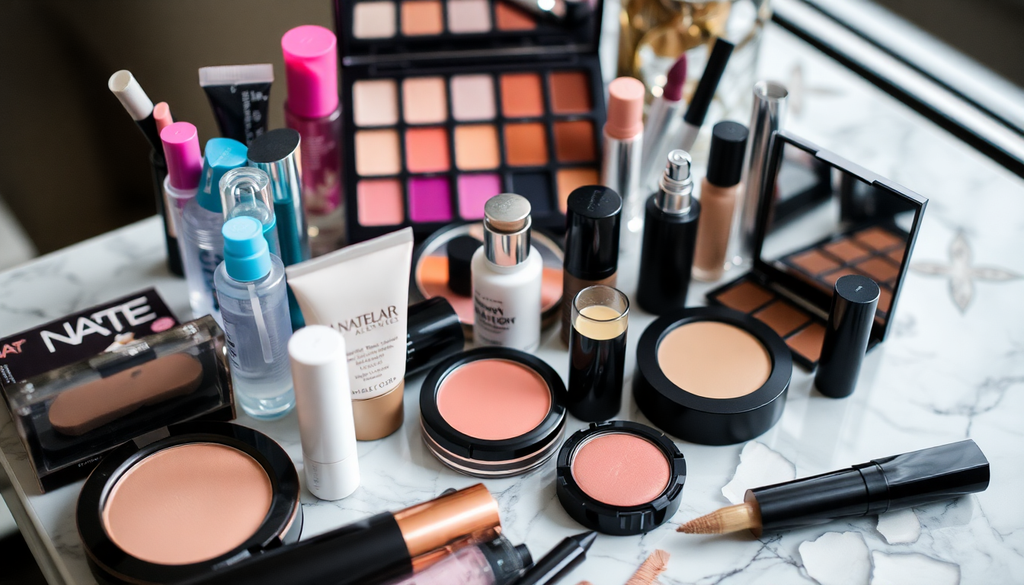
A Step-by-Step Guide to Launching Your Makeup Line: Navigating Global Markets and Trends in 2025
Introduction
Launching your own makeup line in 2025 can be an exciting and rewarding venture. With the beauty industry continuously evolving, understanding global markets and current trends is essential for success. This comprehensive guide will walk you through the key steps to set up your makeup business, from navigating regulatory requirements to effective marketing strategies. Whether you are a seasoned beauty professional or a passionate entrepreneur, this guide aims to equip you with the knowledge you need to succeed.
Step 1: Research Global Markets
Before diving into production, it's crucial to understand the various cosmetics markets worldwide. Here’s a breakdown of some key regions:
- North America: A highly competitive market with a focus on clean beauty and sustainability. Consumers prefer brands that prioritize ethical practices, and there is a growing demand for vegan and cruelty-free products. Consider how you can incorporate these values into your brand.
- Europe: Known for strict regulatory standards, especially for product safety and labeling. Countries like France and Germany have specific requirements that must be adhered to. In addition, the European market is increasingly favoring natural ingredients and transparency in sourcing.
- Asia-Pacific: Emerging markets in this region are seeing a rise in demand for innovative products. Countries like South Korea and Japan are trendsetters, with a focus on unique formulations and packaging. K-beauty continues to influence global trends, emphasizing the importance of hydration and skin health.
- Latin America: Brazil and Mexico are key players, with a growing interest in local ingredients and vibrant colors. Understanding cultural nuances is vital here, as beauty standards and preferences can vary significantly from one country to another.
- Africa: The African market is rapidly evolving, with increasing opportunities for cosmetic brands that cater to diverse skin tones and hair types. Countries like Nigeria and South Africa are becoming significant players in the global beauty industry.
Step 2: Understand Cosmetics Regulations
Each region has its own regulations regarding cosmetics. Here are some important aspects to consider:
- Labeling Requirements: Ensure your product labels comply with local laws, including ingredient lists, usage instructions, and any necessary warnings. Compliance is not only a legal requirement but also builds trust with consumers.
- Import Policies: Research tariffs and import duties that may affect your pricing strategy. Some countries have specific quotas on cosmetic products, which can impact your ability to enter those markets.
- Safety Assessments: Many regions require safety assessments before products can be sold. Engage with certified laboratories to ensure your products meet safety standards.
- Certifications: Depending on your target market, you might need certifications such as cruelty-free, vegan, or organic to appeal to conscious consumers. These certifications can significantly enhance your brand's credibility.
Step 3: Develop Your Product Line
Creating a standout product line is vital. Consider the following trends in the makeup industry:
- Multifunctional Products: Consumers are favoring products that serve multiple purposes, such as tinted moisturizers that provide coverage and hydration. This trend aligns with the busy lifestyles of modern consumers.
- Customizable Cosmetics: Offering products that allow consumers to mix and customize shades can enhance engagement and sales. Consider interactive online tools or in-store experiences that allow customers to create their own products.
- Inclusive Shade Ranges: Ensure your foundation and concealer lines cater to a diverse range of skin tones to appeal to a broader audience. Brands that embrace diversity in their shade offerings are more likely to resonate with consumers.
- Sustainable Packaging: Eco-friendly packaging solutions are gaining traction. Consider using recyclable or biodegradable materials and minimizing plastic use in your packaging design.
- Technological Innovation: Incorporate technology into your product development, such as augmented reality (AR) for virtual try-ons or AI-driven personalized recommendations.
Step 4: Setting Up Your Online Store
In today’s digital world, an online presence is crucial. Here’s how to set up your makeup store:
- Choose an E-commerce Platform: Platforms like Shopify, WooCommerce, or BigCommerce offer user-friendly interfaces and customizable options. Ensure the platform supports mobile shopping, as this is increasingly important.
- Create an Engaging Website: Your website should reflect your brand’s identity and provide an easy shopping experience. High-quality images, detailed product descriptions, and customer reviews can enhance the shopping experience.
- Optimize for SEO: Utilize keywords related to your products and industry trends to improve search rankings and visibility. Consider writing blog posts that educate consumers about makeup application techniques or the benefits of certain ingredients.
- Implement Secure Payment Options: Offer various payment methods to cater to different consumer preferences. Security is paramount; ensure your website complies with data protection regulations.
- Track Analytics: Use analytics tools to monitor website traffic, conversion rates, and customer behavior. This data can inform your marketing strategies and product offerings.
Step 5: Marketing Your Makeup Brand
Effective marketing strategies are key to gaining traction in the competitive beauty market. Consider the following:
- Leverage Social Media: Platforms like Instagram and TikTok are invaluable for beauty brands. Collaborate with influencers to reach wider audiences. User-generated content can also drive engagement and authenticity.
- Content Marketing: Create engaging content such as tutorials, blog posts, and videos that resonate with your target audience. Educational content can position your brand as an authority in the beauty space.
- Email Marketing: Build an email list to keep customers informed about new launches, promotions, and beauty tips. Personalized email campaigns can significantly improve customer retention.
- Participate in Trade Shows: Attend beauty trade shows and exhibitions to showcase your products, network with industry professionals, and gain insights into market trends.
- Utilize Influencer Marketing: Partner with beauty influencers who align with your brand values. Authentic endorsements can help build trust and credibility with potential customers.
Step 6: Building Your Brand Identity
Your brand identity is crucial in a saturated makeup market. Here are ways to establish a strong identity:
- Create a Unique Brand Story: Share the inspiration behind your brand. A compelling story can create an emotional connection with your audience.
- Design a Memorable Logo: Invest in a professional logo that reflects your brand’s ethos. A recognizable logo can enhance brand recall.
- Develop a Cohesive Visual Aesthetic: Maintain consistency across all platforms, including packaging, website design, and social media content. A strong visual identity can enhance brand recognition.
- Engage with Your Audience: Foster a sense of community by engaging with your audience on social media. Respond to comments and feedback to build a loyal customer base.
Step 7: Monitor and Adapt
The beauty industry is dynamic, and staying relevant requires continuous adaptation. Here’s how to keep your brand thriving:
- Stay Informed on Trends: Regularly research industry trends and consumer preferences. Subscribe to beauty publications and attend webinars to stay ahead of the curve.
- Gather Customer Feedback: Encourage customers to share their experiences with your products. Utilize surveys and reviews to inform product development and marketing strategies.
- Analyze Sales Data: Review sales data regularly to identify best-selling products and those that may need re-evaluation. Adjust your strategies based on performance metrics.
- Be Open to Innovation: Experiment with new products and marketing techniques. A willingness to innovate can set your brand apart from competitors.
Conclusion
Launching your makeup line in 2025 requires thorough research and strategic planning. By understanding global markets, complying with regulations, developing innovative products, setting up an efficient online store, and implementing effective marketing strategies, you can carve out a successful niche in the beauty industry. Embrace the journey and stay attuned to trends to ensure your brand thrives in an ever-evolving marketplace. Remember that the beauty industry is not just about makeup; it's about empowering individuals to express themselves and feel confident in their own skin. Best of luck on your entrepreneurial adventure!




